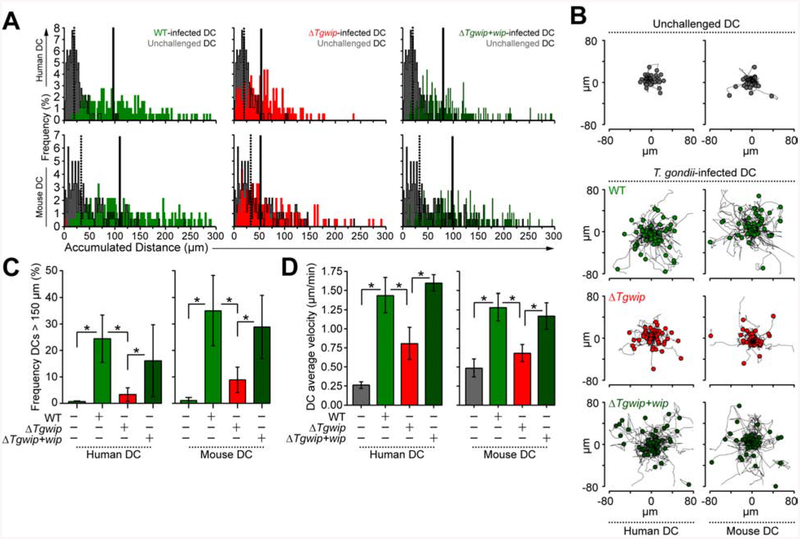Figure 4. Impact of TgWIP on migrated distances and velocities of primary human and murine DCs.
(A) DCs were infected with freshly-egressed GFP+ wild type (WT), ΔTgwip or ΔTgwip+Tgwip complemented parasites or left unchallenged, as detailed in Materials and Methods. Accumulated migrated distances of unchallenged or Toxoplasma-infected primary human and murine DCs was recorded. Histograms show accumulated distances of 180 cells per condition, from 3 independent experiments (n = 3). Dotted and continuous lines show the median accumulated distance of unchallenged and Toxoplasma-infected DCs, respectively. (B) Representative motility plots of unchallenged or Toxoplasma-infected primary human and murine DCs. Data are representative of 3 independent experiments. (C) Frequency analyses of DCs with accumulated migrated distances > 150 μm, performed as in A (n=3). (D) Cell velocity analyses of unchallenged or Toxoplasma-infected primary human and murine DCs. Bar graphs show average velocity (± SD) from 3 independent experiments (n=3). Asterisks (*) indicate significant difference, Chi-square test (C), repeated measures one-way ANOVA, Tukey’s post-hoc test (D).

